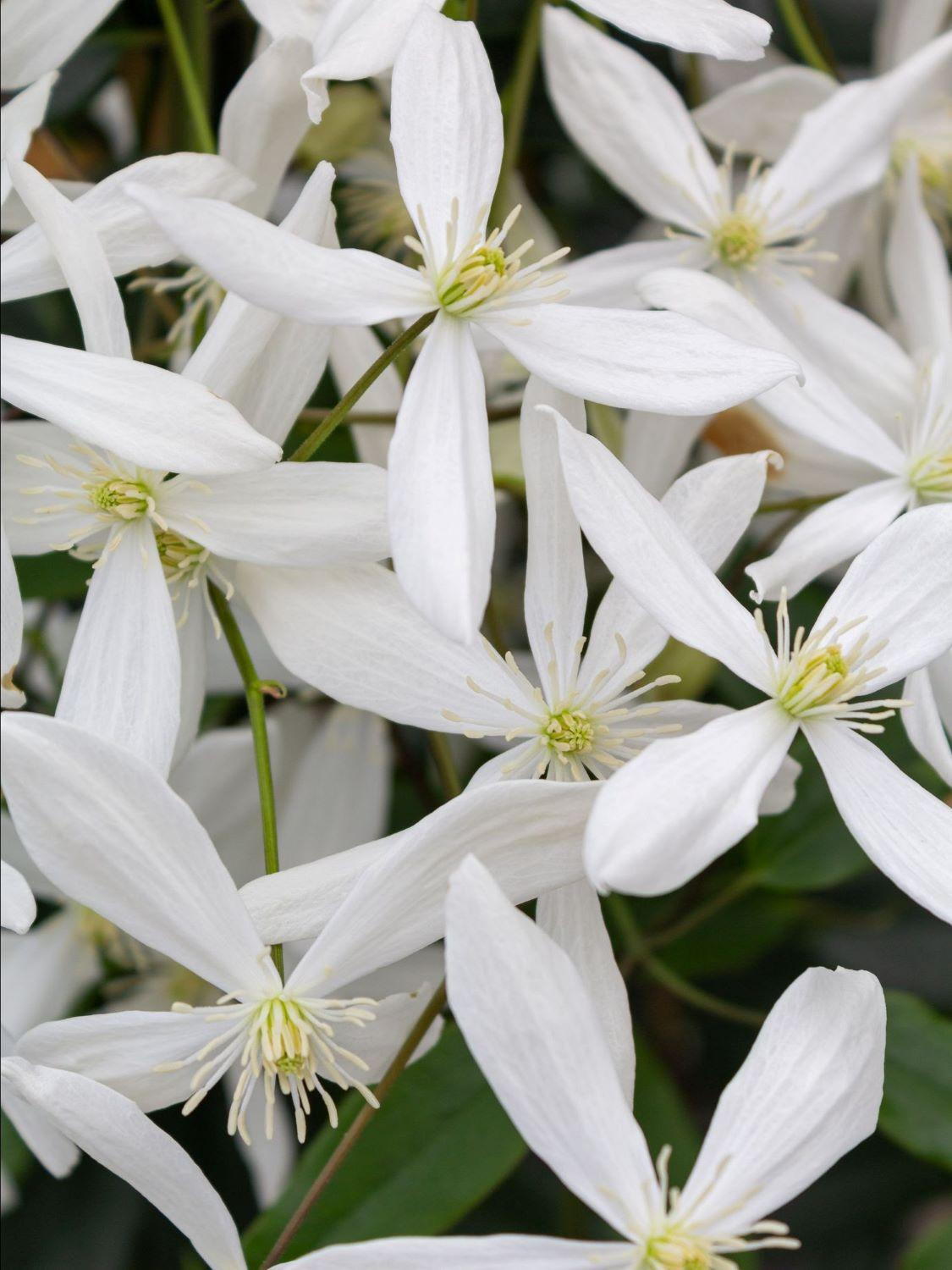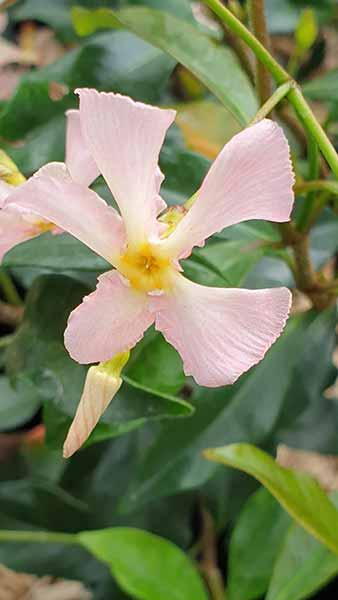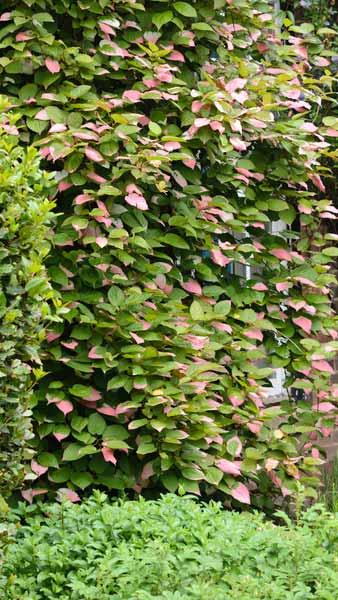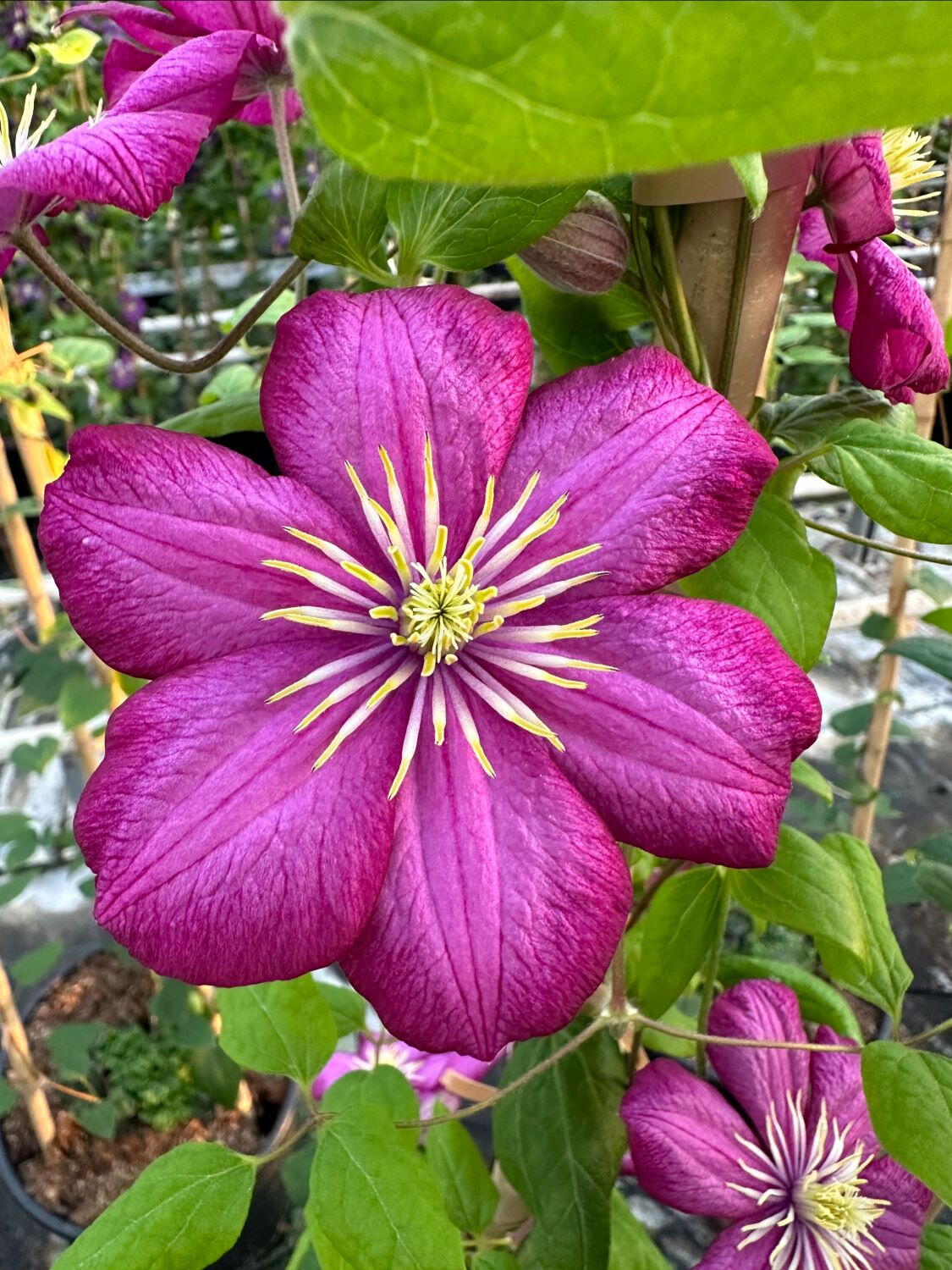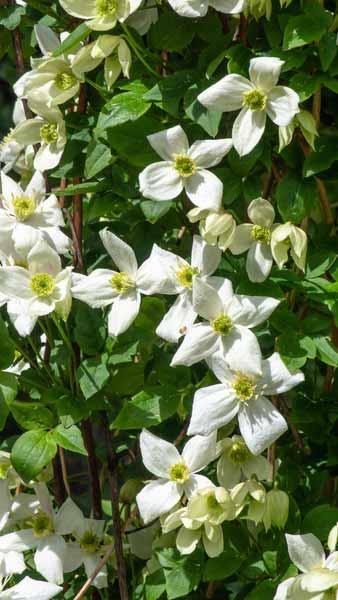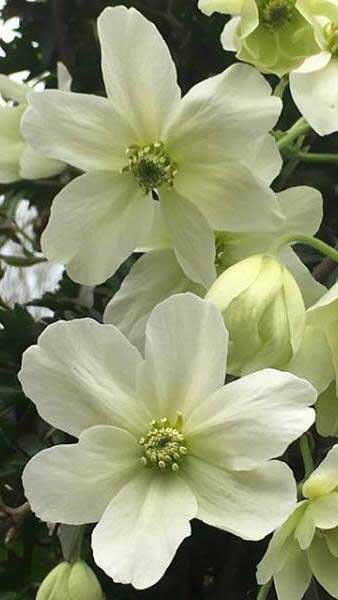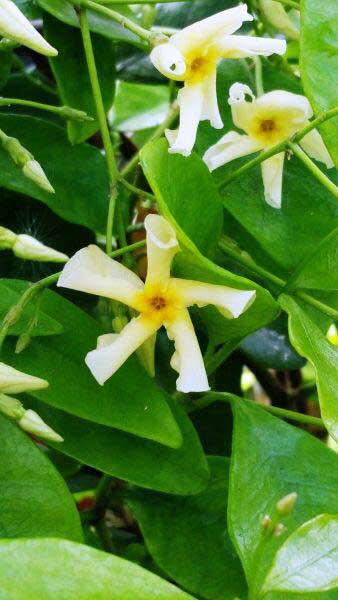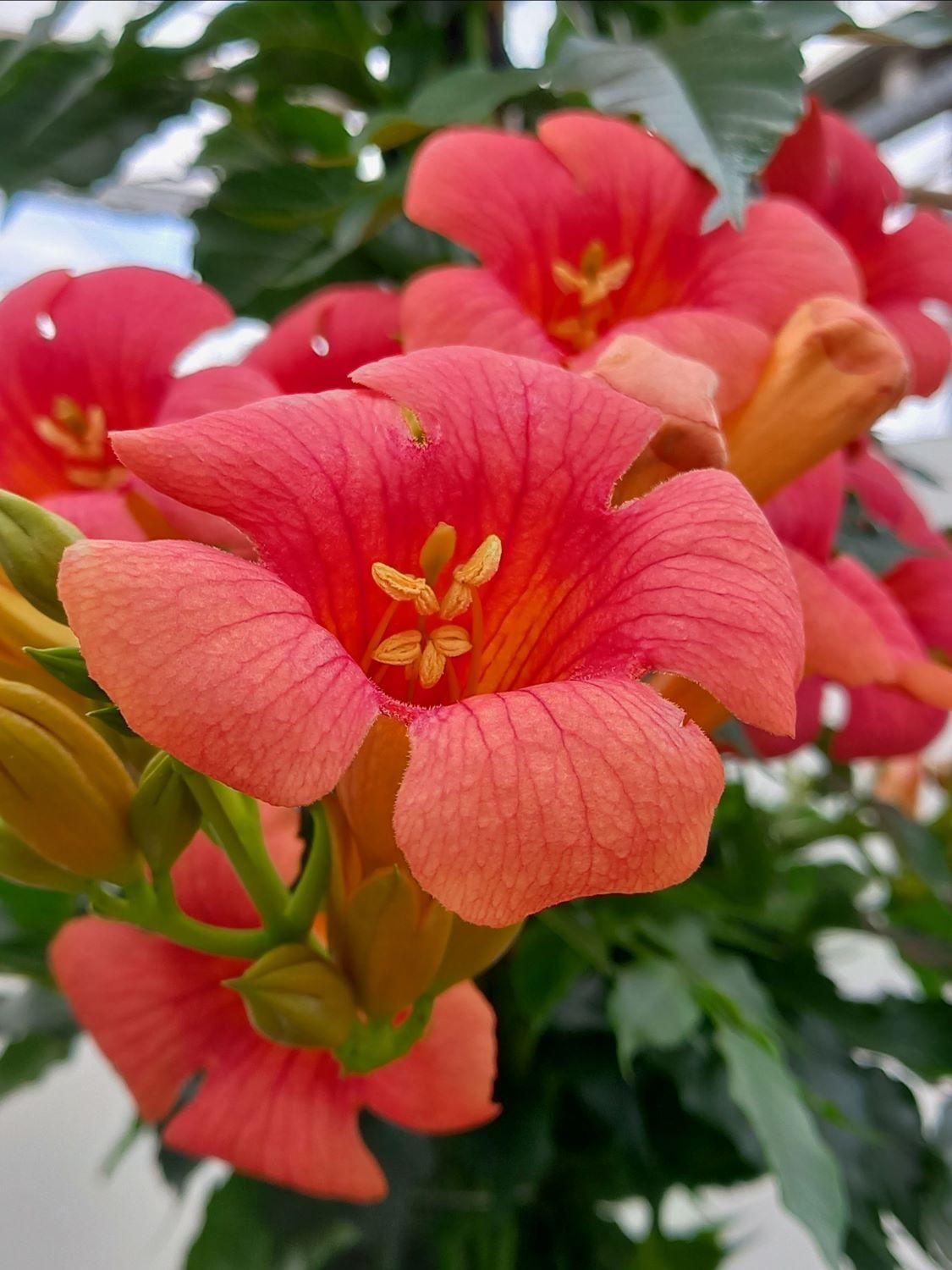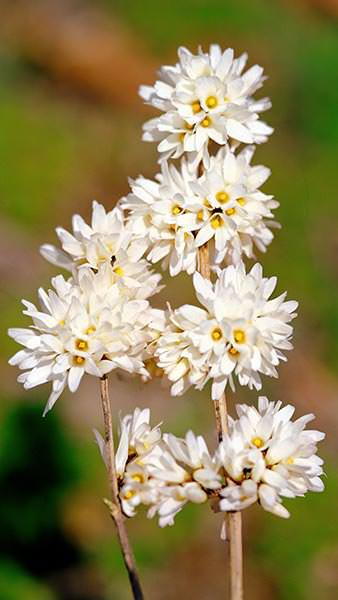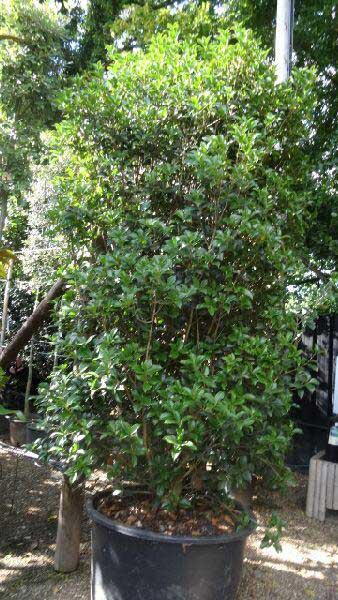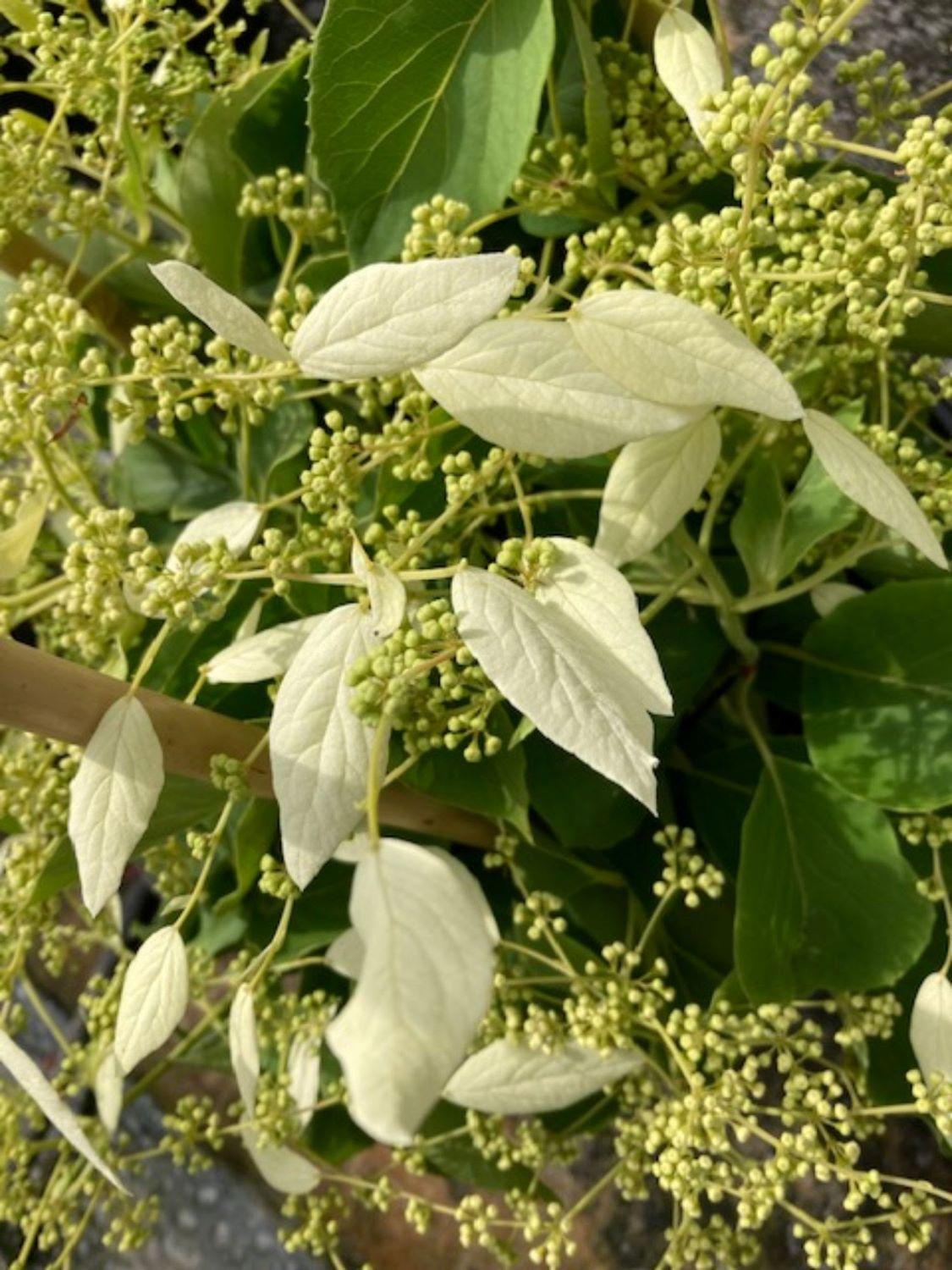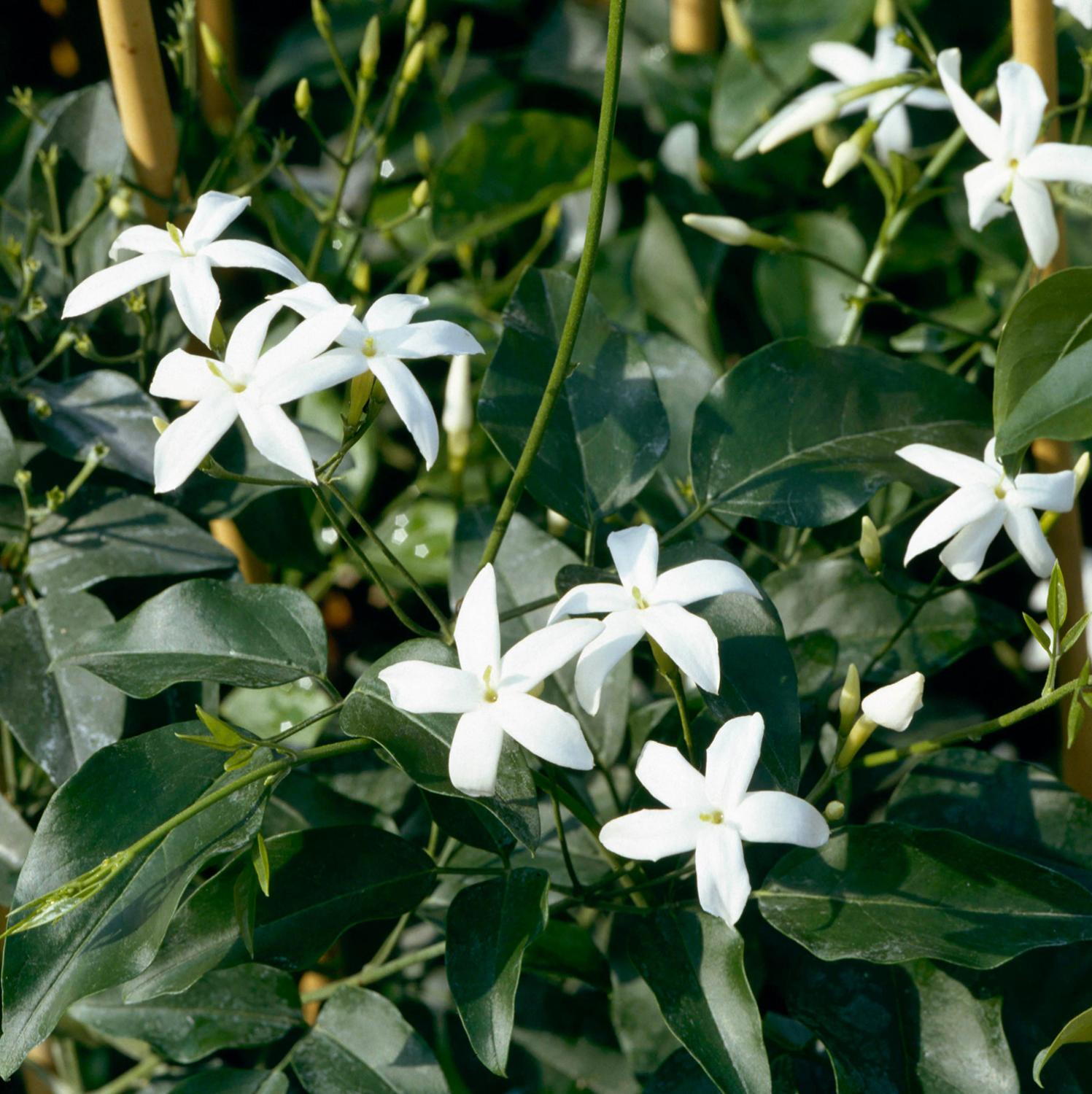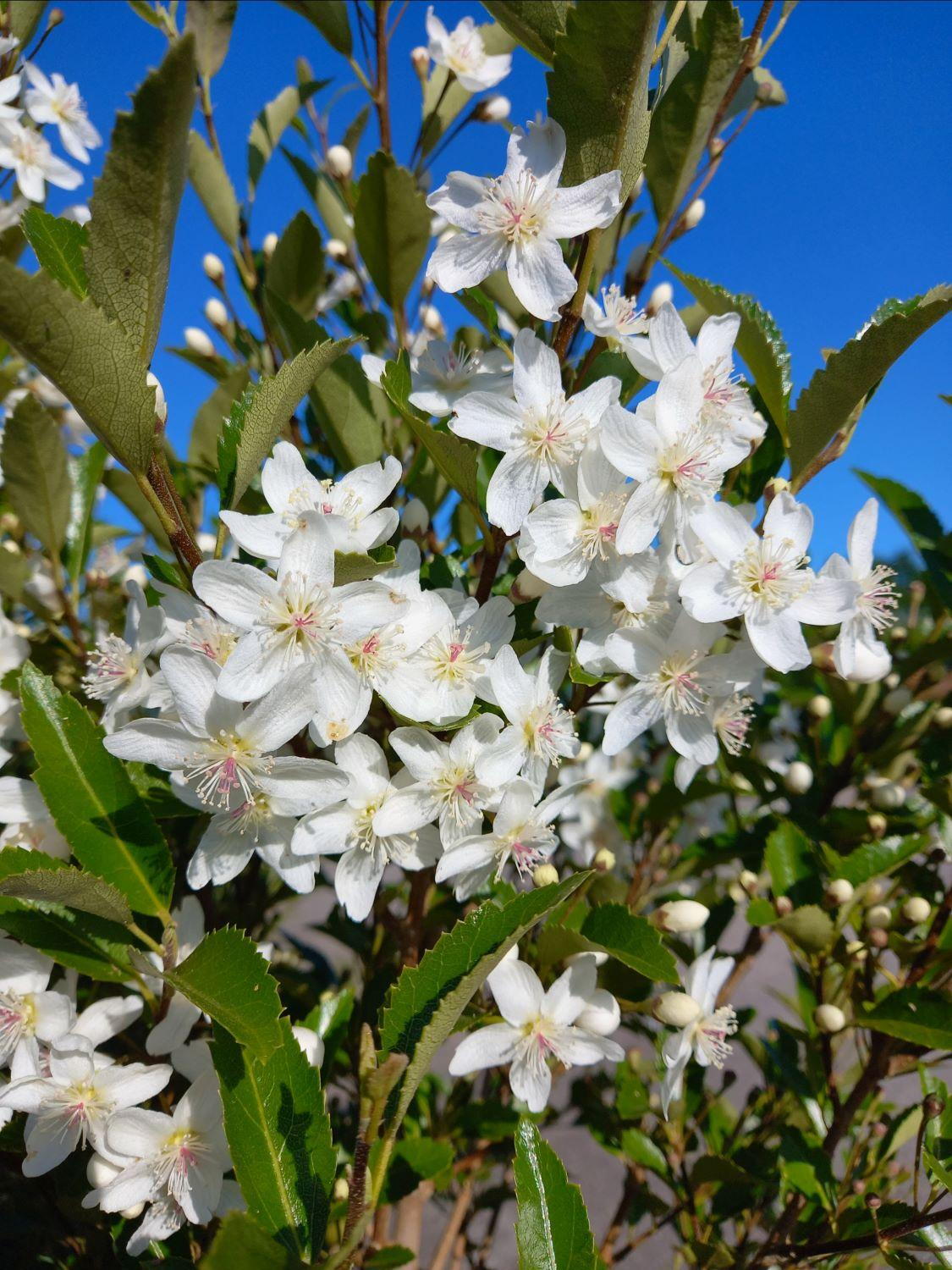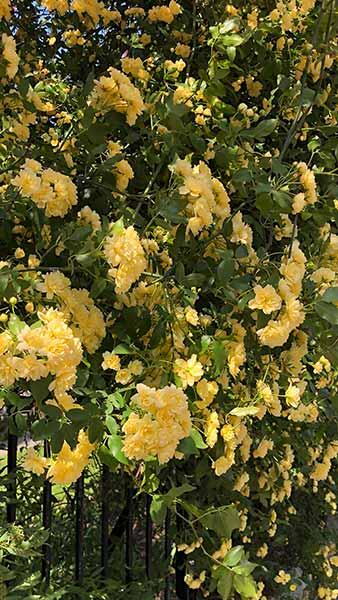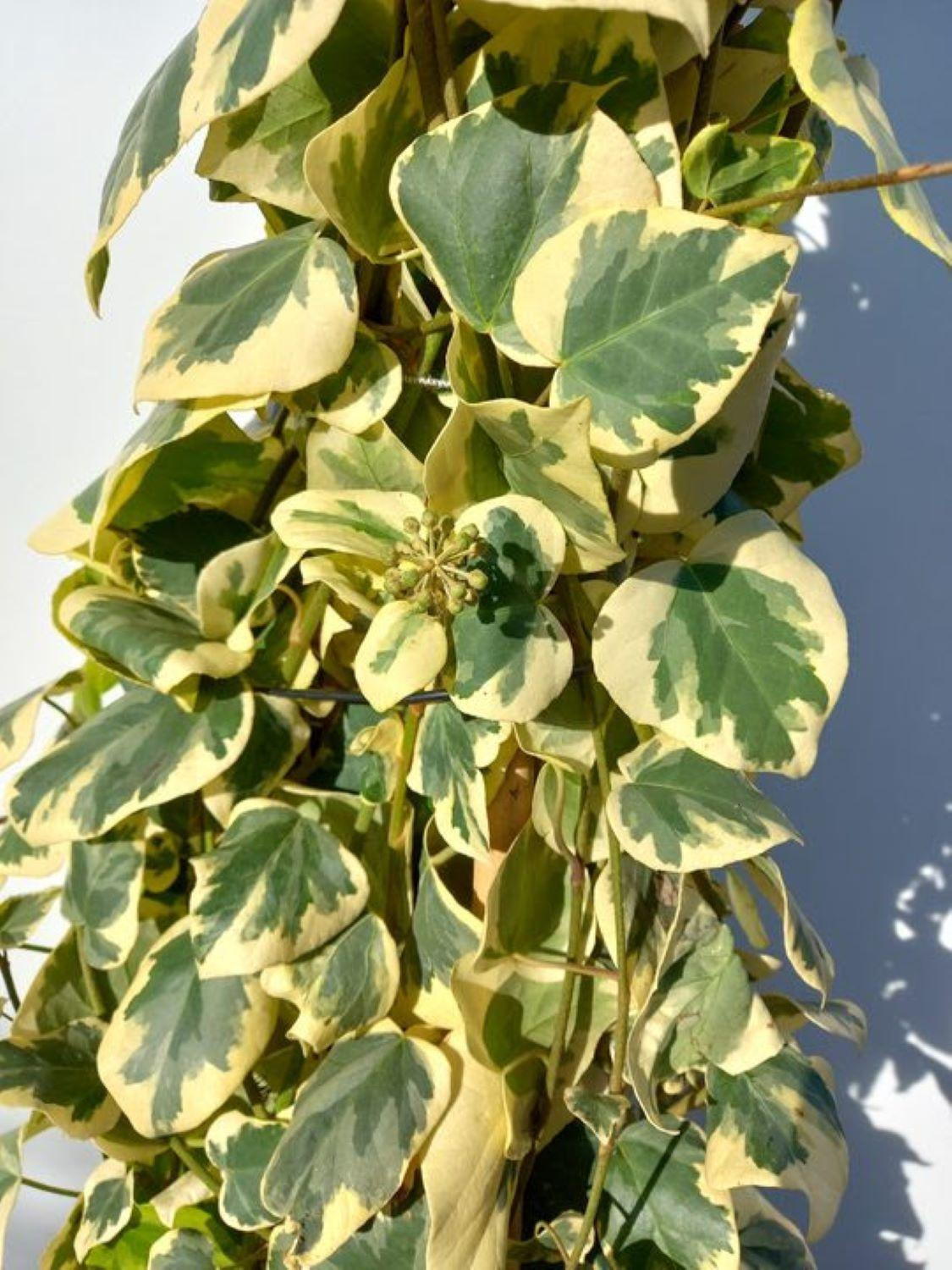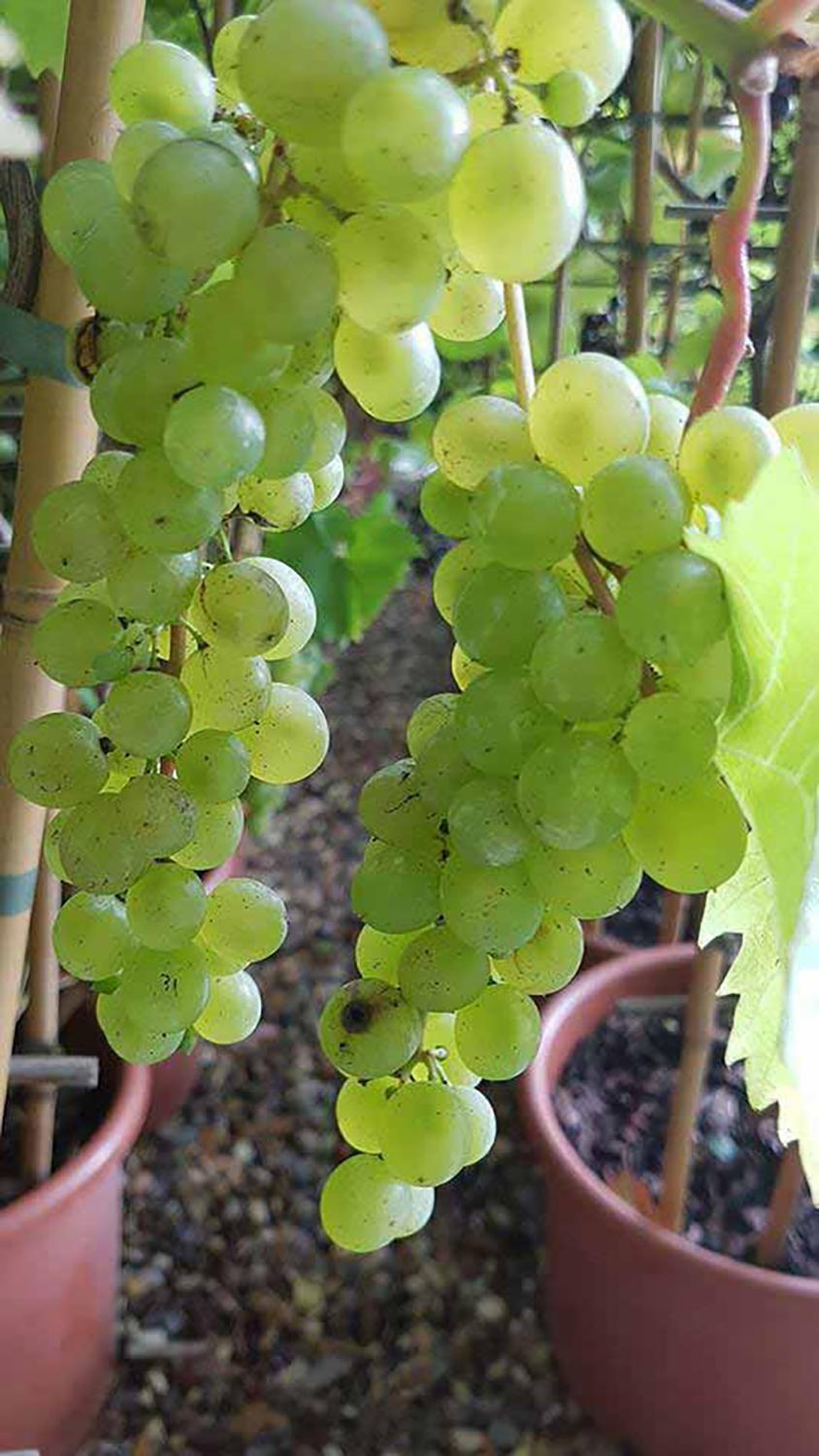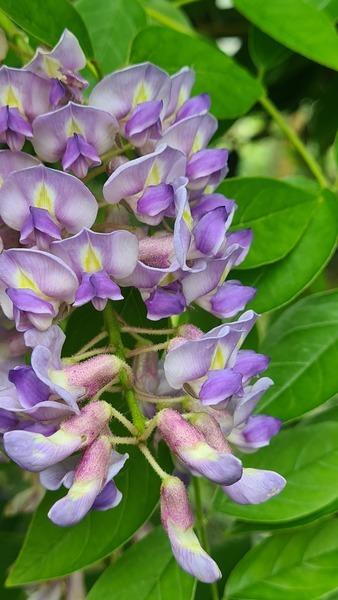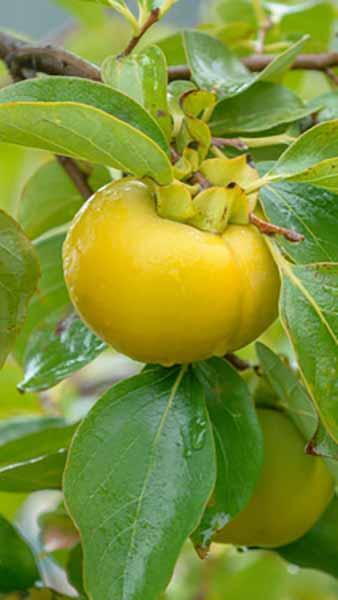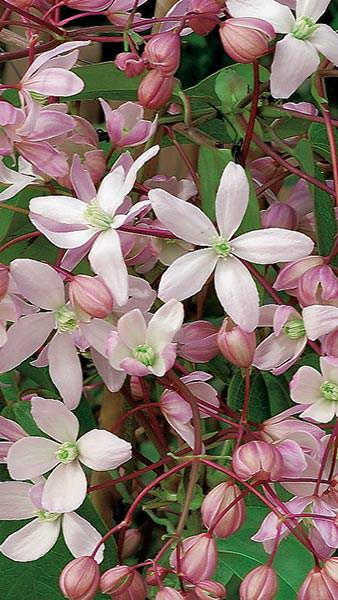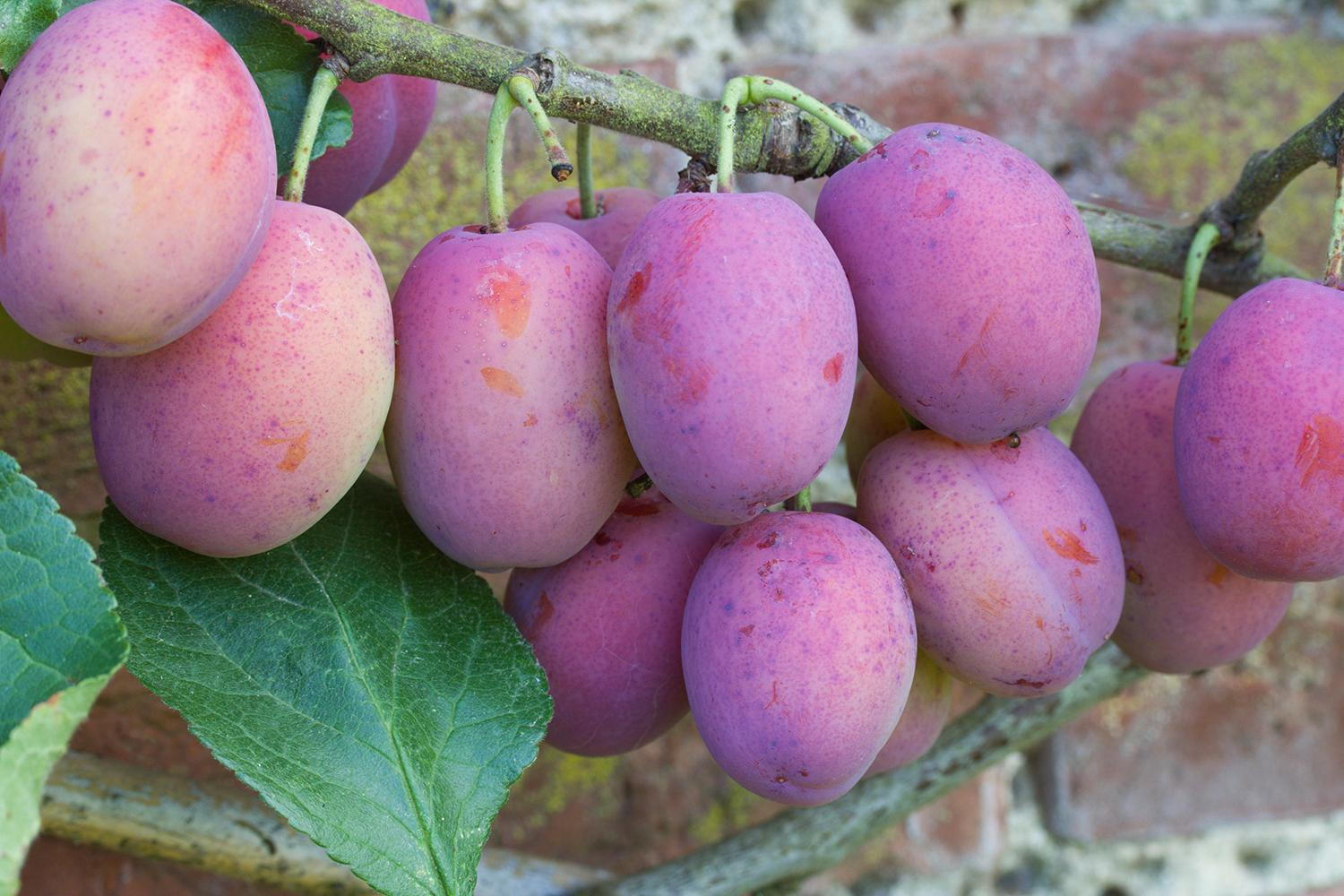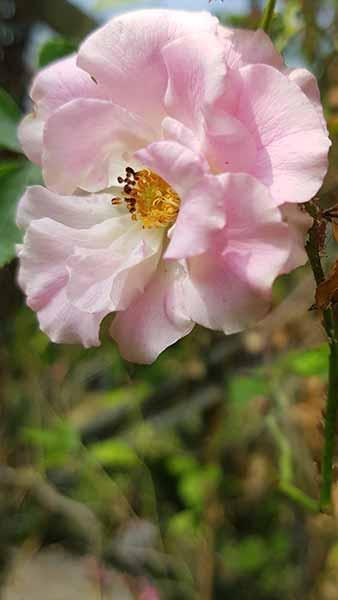Wisteria Floribunda Blue Moon Hardy Late Flowering Wisteria
Wisteria Floribunda Blue MoonPrized for its divine, lilac-blue masses of fragrant flowers, Wisteria Floribunda Blue Moon is a vigorous repeat bloomer. Floriferous and incredibly hardy, the Blue Moon variety of Wisteria will add a quaint charm and elegance to your garden.Somewhat late flowering, Wisteria Blue Moon first blooms in June whereas most Wisteria are spring flowering. The large, drooping clusters of pea-like, bluish flowers completely envelop this deciduous climber, making for a lavish display of colour and scent. This particular variety of Wisteria can bloom up to 3 times during one flowering season, ensuring you get to enjoy its opulent flowers throughout the whole summer. The lilac-blue flowers are heavily fragranced, a common trait of all Wisteria plants, and their recognizable aromatic scent will fill out the whole garden.Same as other Japanese Wisteria cultivars, Blue Moon needs a lot of sunlight to flower abundantly. Choose a sunny spot in your garden with well-drained, moist soil, but make sure to leave enough room for this twining climber to grow freely. Fast-growing, Wisteria Floribunda Blue Moon can grow to be up to 10 metres high in just a few years.When compared to other varieties, Wisteria Floribunda Blue Moon has one significant advantage which is its exceptional hardiness. This cultivar can survive even if the temperature drops to 40 degrees below zero, without suffering any damage or dieback. Fully hardy in the United Kingdom, this showy climber won’t require any sheltering during the winter months. Wisteria Blue Moon is not affected by any serious diseases or pests as well, so if you’re looking for a tough and enduring climber with a delicate, romantic appeal, this cultivar is the right choice for you.Even though many gardeners have the misconception that Wisterias are hard to maintain in good shape, the truth is quite different. Easy to grow and to care for, these floriferous climbers need their new growth pruned twice a year, in the summer and winter, to keep their elegant form and encourage profuse flowering. The same goes for Wisteria Floribunda Blue Moon, who, due to its fast growth rate, will benefit from routine pruning.With its timeless beauty and breath-taking blossoms, Wisteria Blue Moon is at its best when adorning an arbour, archway or a pergola. Twining climbers such as Wisteria need a supporting structure to grow, but if you don’t have a suitable structure in your garden, train this cultivar against a sunny wall or a fence.
